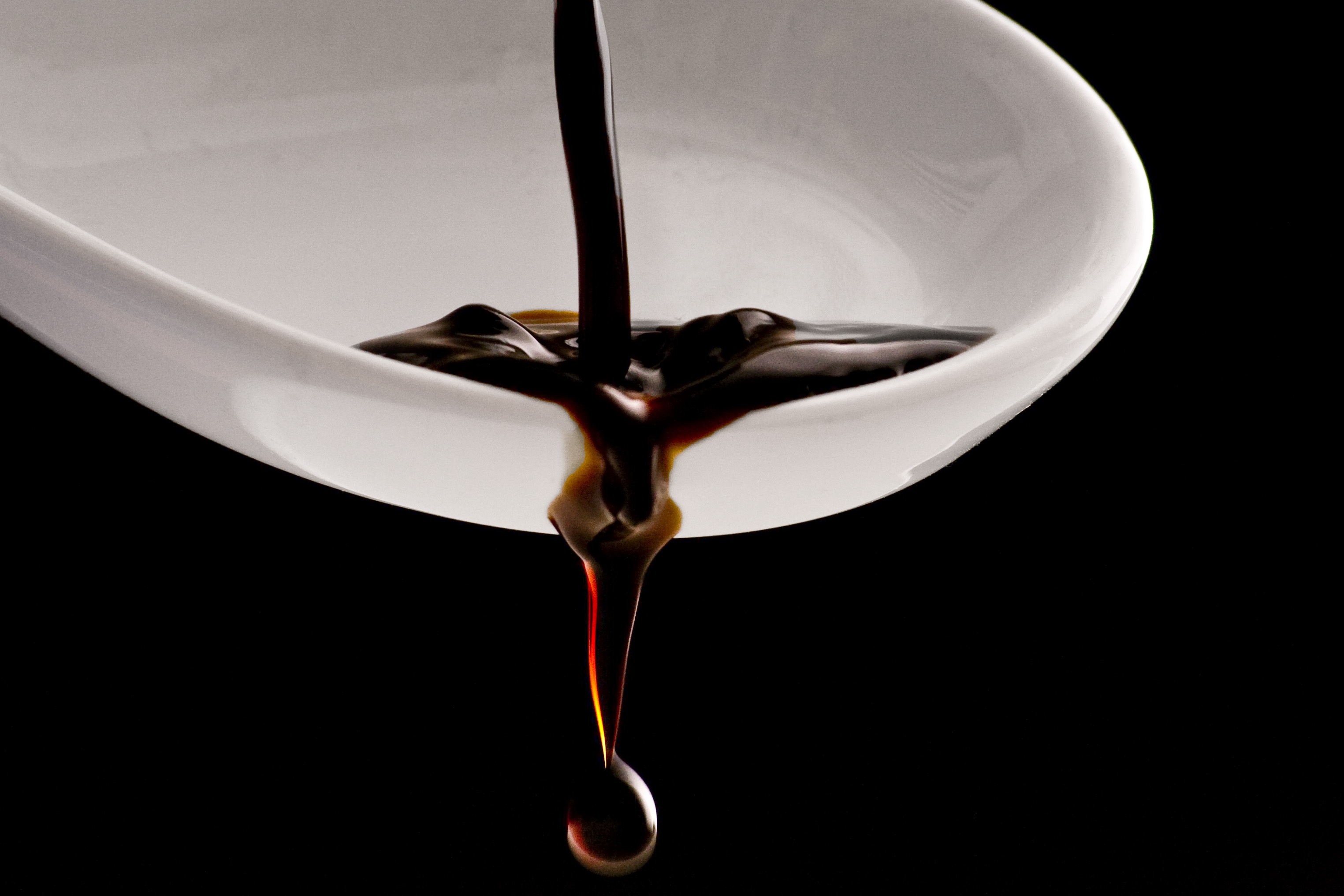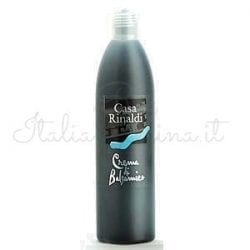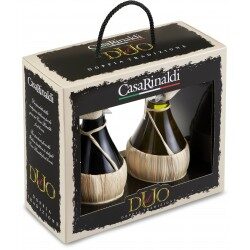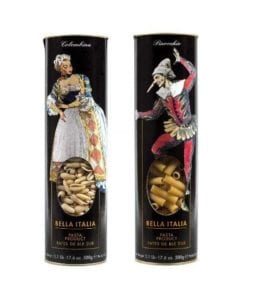Knowing what is balsamic vinegar composition is a very common curiosity. The fundamental difference between every other vinegar and balsamic vinegar consists of the raw material: grape must.

Photo credit: wikipedia
According to experts, three factors are fundamental for its production: the quality of the grapes, the composition of the soil in which the vine grows and the very slow preparation and transformation of the must. Among the grapes traditionally destined for production, Trebbiano grapes and some Lambrusco Grasparossa or Ancellotta stand out. They are grapes with similar characteristics, which boast a rather constant acidity-sugar ratio and density.
Considering the balsamic vinegar composition, the preparation of the obtained balsamic vinegar, without adding aromatic substances of any kind, begins with the pressing of the grapes in wine-making vats; no later than 24 hours after pressing, the must is tapped which, after sieving, is then boiled over low heat until the volume is reduced by about half (more information on must cooking). Then it cools down and moves into fine wood barrels, absolutely not treated with any product of chemical origin, with the warning to fill 70% of the volume.
After one year the must will be decanted into a smaller barrel and so will the following years.
The special barrels are built with different woods and with a scaling capacity and on average from 200 kg of fresh grapes you get about 100 kg of cooked must which, at the end of the racking operations, are reduced to a few liters of finished vinegar.
The barrels used for the slow acetification resulting from the natural fermentation and the progressive concentration of the product are traditionally stored in the attics of the houses, where the cold in winter is intense and the heat in summer is very strong.
Taste Italian Balsamic Vinegar: Buy Now!
-

Balsamic Vinegar Sua Maestà – 250 ml
€12,00 -

Balsamic Vinegar “Mosto Sacro” with Spout
€15,90 -

Balsamic Vinegar Cream of Modena
€6,90 -

Balsamic Vinegar Caterina IGP
€14,90 -

Balsamic Vinegar Due Vittore Oro – 250 ml
€14,50 -

Balsamic Vinegar Cream of Modena White
€6,50 -

Aged Balsamic Vinegar PGI – 250 ml
€14,90 -

Organic Balsamic Vinegar PGI – 250 ml
€4,50 -

Balsamic Vinegar & Extra Virgin Oil
€22,90 -

CondiWine Chianti – 250 ml
€12,50




